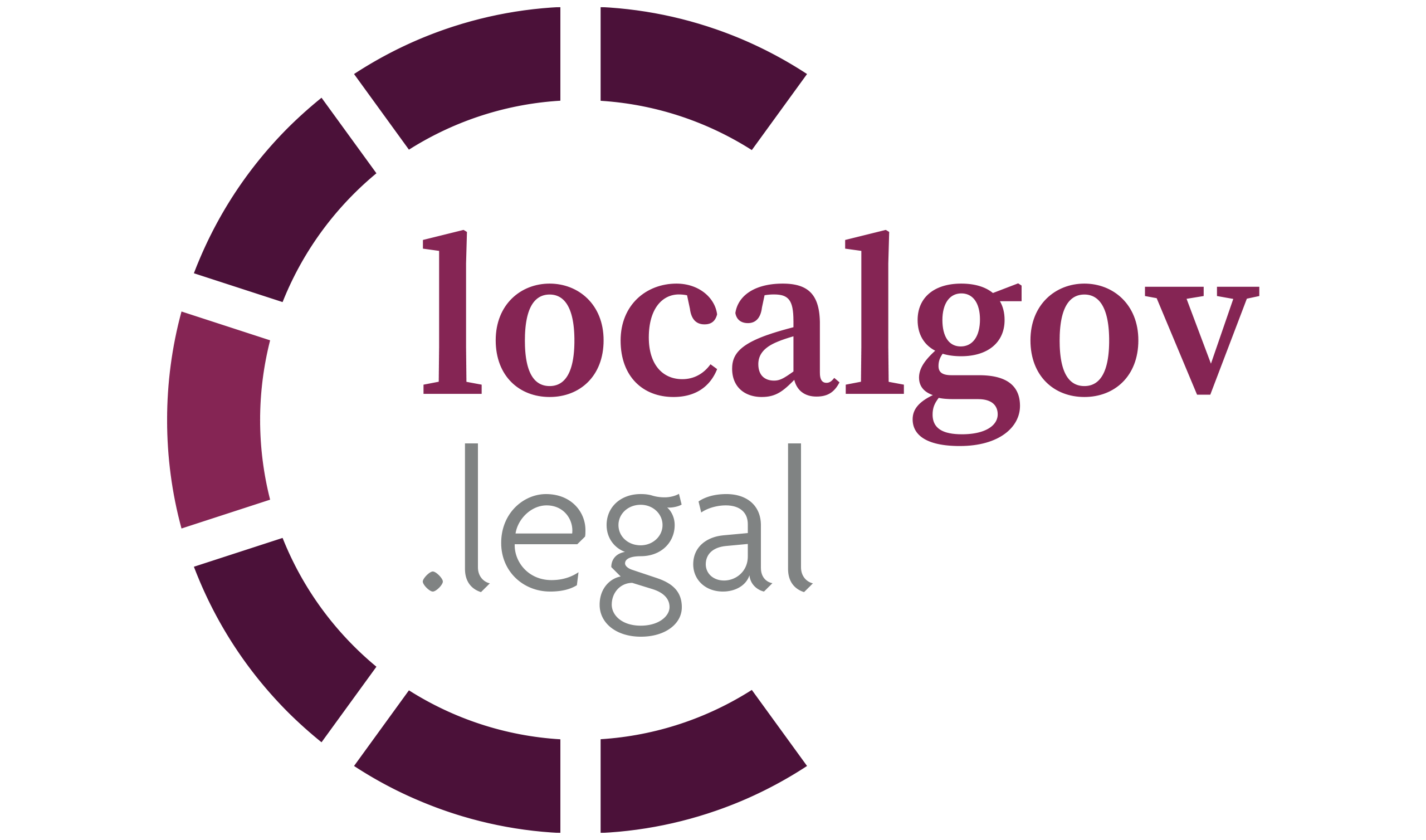Flying cars were once a dream of science-fiction but eVTOL air taxis now offer a real prospect of greener, cleaner transport. For the latest issue of Air Quality News magazine, Infotec’s Simon Guerrier learned how soon we can all take to the air…
‘There’s a technical revolution going on now like nothing the aviation industry has seen since the advent of the jet age,’ says Jeremy Howitt, Future Flight Campaign Lead at the Snowdonia Aerospace Centre, a former Ministry of Defence airfield on the northwest coast of Wales. The team there have spent years testing and developing ever better drones and are now gearing up for the next big thing in air travel: flying taxis.
Wait, what – really?!
‘Yes, really,’ Howitt assures us. ‘It’s early days and there’s a lot of work to be done before this is a realistic commercial proposition. But there’s a lot of investment right now in places all round the world to develop the technology. Clearly, a lot of people see the potential here.’
Vertical Aerospace’s VX4 carries a pilot and four passengers, because it’s easier to test a piloted aircraft than an autonomous one.Howitt can easily see that potential in rural Snowdonia. ‘There’s no passenger air service across Wales,’ he explains. ‘From the north coast to the south, it takes four hours by car – more if there’s an accident or problem on the roads. We’re already talking to the Welsh Blood Service and Welsh Ambulance about how we can deploy this technology to get NHS equipment and supplies to where they’re needed more effectively. Given remote communities here, eVTOL could save lives.’
That’s the technical term for these flying taxis. ‘It’s an acronym for Electrically-powered Vertical Take-off and Landing, meaning aircraft that don’t need a runway’ explains Shazan Siddiqi, a Senior Technology Analyst at IDTechEx which recently published a report, ‘Air Taxis 2024-2044: Technologies, Players’.
‘The easiest way to think of eVTOL, I think, is as the future of helicopters,’ Siddiqi continues – and that future is green. ‘Today’s helicopters burn fuel which is obviously bad for the environment. The electric drivetrains used in eVTOL produce zero emissions at the tailpipe. They also make relatively little noise, so the restrictions on flying helicopters in civilian airspace won’t apply. Helicopters are expensive to manufacture and maintain, and given restricted operations they’re a low-value market. The hope is that eVTOL will be more widely used and so help to reduce congestion by other modes of transport.’
A big factor in whether that can be achieved is what we’ll have to pay to use any such passenger service. ‘When eVTOL first comes to market it will be quite exclusive,’ says Siddiqi, ‘reserved for the kinds of people already using private jets and business class. Over time, we expect costs to come down with economies of scale and improvements in technology. A lot of original equipment manufacturers (EOMs) in eVTOL are promising to be competitive with ground transport. Most claim something like $3 or $4 per mile of operation but I think that’s optimistic. It is likely to be closer to $10 per mile, which is on a level with booking an Uber Premium service — for most people, a treat rather than an everyday expense. One essential element is that these are autonomous aircraft so you don’t need to train or certify a pilot, who also won’t take up space. Implementing autonomy in eVOLT will be a challenge but the groundwork is already there. A lot of commercial flying is done on autopilot with aircraft that are capable of taking off and landing by themselves.’
That leads us to the crucial matter of safety. In fact, eVOLT could well be safer than existing modes of transport. ‘We’ve seen in the news recently some high-profile accidents involving helicopters,’ explains Siddiqi. ‘In many cases, they employ single, large rotors and propellers. If that single system fails, you have a catastrophe. But drones and eVTOL use distributed electric propulsion (DEP), with perhaps eight or 10 smaller e-motors spread throughout the aircraft. Even if three or four were to fail, the aircraft could still be safely landed.’
Even so, such technology needs rigorous testing, which is where Snowdonia Aerospace comes in. ‘Basically, we’re a big playground,’ says Jeremy Howitt. ‘Northwest Wales has very low population density and relatively little air traffic, and we rent out our facilities to people wanting to develop and test these new systems. That’s how we got into partnership with SLiNK-TECH.’
John Goudie is founder and CEO of this technology company that develops the infrastructure needed to support future classes of aircraft, such as the ‘vertiports’ where they can take off and land. ‘We provide the technology deployed at these sites and we act as air-traffic controller, too,’ Goudie tells us. ‘With our systems and this ideal location, developers can test their aircraft, quickly gather data and produce new iterations.’
The partnership with Snowdonia Aerospace has government support through UKRI’s Future Flight Challenge initiative, which aims to accelerate the advance of such technologies to make transport more sustainable while delivering socioeconomic benefits across the UK. ‘The government is investing to improve transport links,’ says Goudie, ‘but another aim is to establish the UK as a centre of excellence for this new type of technology. Aerospace is a huge sector for export and we want the UK to be a leader in this new market. This tech will benefit our communities but there’s a huge opportunity to provide systems globally.’
Given this support and investment for eVTOL – and the palpable excitement in the sector – when can we expect to see flying taxis in our skies? ‘Most of the practical work being done today is on small, cargo-carrying drones,’ admits Jeremy Howitt, ‘but there are a few big eVTOL projects going on aimed at carrying passengers. We supported Vertical Aerospace with the initial testing of its VX1 prototype. The VX4, now flying out of Cotswold Airport which is closer to the company’s base in Bristol, carries a pilot and four passengers – because, under Civil Aviation Authority rules, it’s easier to test a piloted aircraft than an autonomous system.’
Howitt suggests we might see early demonstrations of autonomous eVOLT this side of 2030 but thinks we’re unlikely to see a commercial, revenue-generating offer before 2035. ‘I’m more optimistic than Jeremy,’ says Goudie. ‘The companies involved in this have received a lot of investment and there’s pressure on them to deliver.’
The Advanced Air Mobility Reality Index tracks when different eVTOL services being developed around the world might come into service and suggests that some will be in operation by as soon as 2026. Goudie doesn’t think this unreasonable. ‘China is already doing a lot of testing and I think will bring something to market quite soon. In the US, Joby Aviation and Archer Aviation both seem to be catching up. I’m not saying we’re all about to be living in something like The Jetsons, but work is going on.’
‘What’s holding this up,’ says Howitt, ‘is not the technology but the regulation, in terms of our being able to generate a sufficient body of evidence to proves that eVTOL is safe. As well as the tech involved in getting things to fly, we’ll be measuring noise profiles and rotor downwash profiles, which will impact on arguments over whether these things can be deployed in city centres or, say, in hospital car parks. As well as the vehicles, we need to test the vertiports, particularly where there is a high degree of automation. There’s also how we integrate this new class of vehicle into an already crowded airspace. Testing is really important. We can do a lot of modelling and simulation to generate useful data but we then need to be able to validate that in the real world. That’s what we aim to address in building up trials capability here.’
On that basis, what should central government do to support the development of eVTOL? ‘It’s already done a pretty good job with the Future Flight Challenge programme,’ says Howitt, ‘but that’s coming to an end this year and as yet there’s been no formal announcement of the follow-on we need. Given the level of risk, we need a high degree of government co-investment to keep momentum going. We need the regulator to be an active part of the programme rather than a bystander so that regulation is developed in partnership with industry and with an understanding of what is reasonable and practical, without being burdensome on either party.’
‘We’ve already been allocated technical experts from the CAA as part of our innovation sandbox,’ says Goudie. ‘The issue for the government, I think, is in keeping ahead of the industries developing new technology like this, who have a lot of resource and investment.’
‘I think new legislation will be needed for the use of vertiports — new landing sites specifically catered to eVTOL,’ says Siddiqi. ‘Even where you have existing helicopter landing pads, a lot of changes will be needed to accommodate eVTOL. Then there’s air traffic management. Airspace over a city centre will be saturated if you have, say, 50-odd eVTOL aircraft all flying there, so management is crucial. That needs legislation and regulatory bodies, too. Then there’s the charging infrastructure needed to support these vehicles, and the businesses running them. Good, fast-working chargers will mean that aircraft can get back up into the sky quickly to earn more fares. All these things are important.’
At a local government level, Jeremy Howitt said he’s already in talks with Welsh NHS services about ways to deploy eVTOL for maximum benefit. ‘We’re happy to talk to any organisation or body interested in this technology and the ways it can be made more applicable,’ he says. ‘It’s not too early to think about that.’
Goudie agrees. ‘We’re deploying the system at Snowdonia Aerospace Centre as a test asset but it will also provide a showcase for the capabilities of eVTOL. I think anyone from a local authority who sees a demonstration of what’s possible with a highly automated logistics drone will want to see that technology implemented in their region. The infrastructure can be set up at a council building or hospital, or wherever it will add benefit. We can also demonstrate that with just a little training anyone can operate these kinds of systems.’
‘Local government can also play a big role in public awareness and stakeholder engagement,’ adds Siddiqi. ‘There was a lot of scepticism when eVTOL was first being talked about. It’s quite a scary proposition to put yourself in one of these things. There’s work to be done in explaining that they’re safer than helicopters, better for the environment and offer all these potential benefits.’
But it’s still quite a strange, scary idea. How would he really feel about getting into a self-driving, flying taxi? Siddiqi laughs. ‘I’ve always been an optimist about technology. Given the chance, I wouldn’t hesitate to hop on board. Flying taxis! Who doesn’t love the idea?’
In related news:

















Leave a Reply